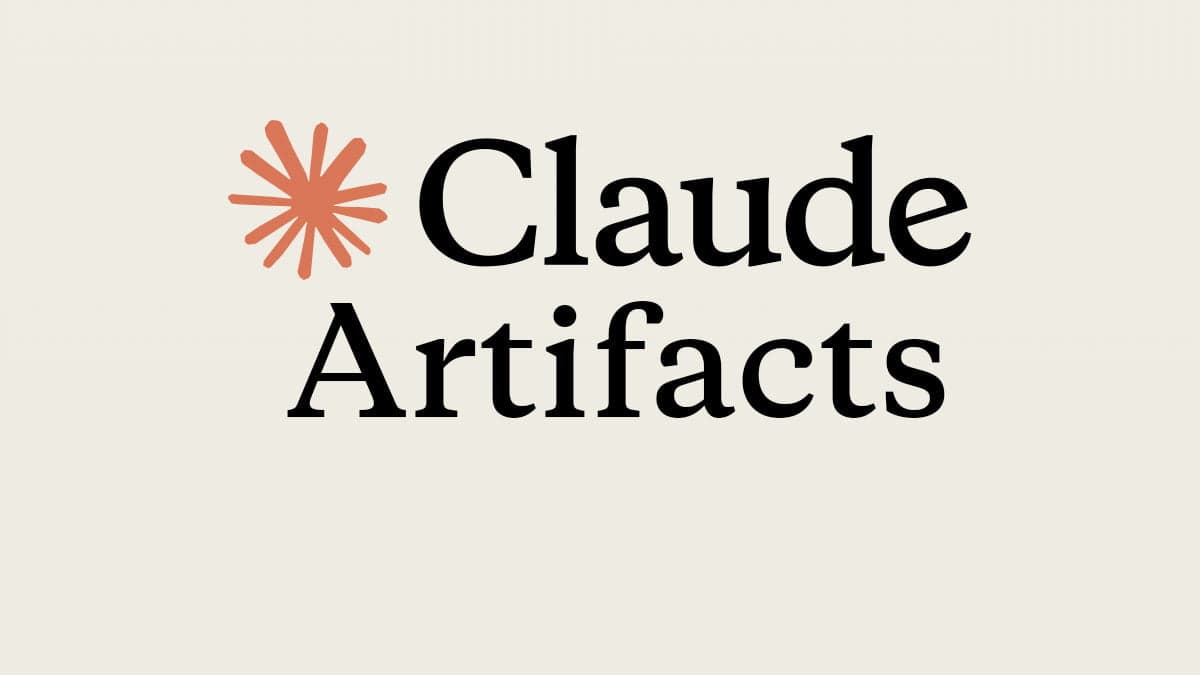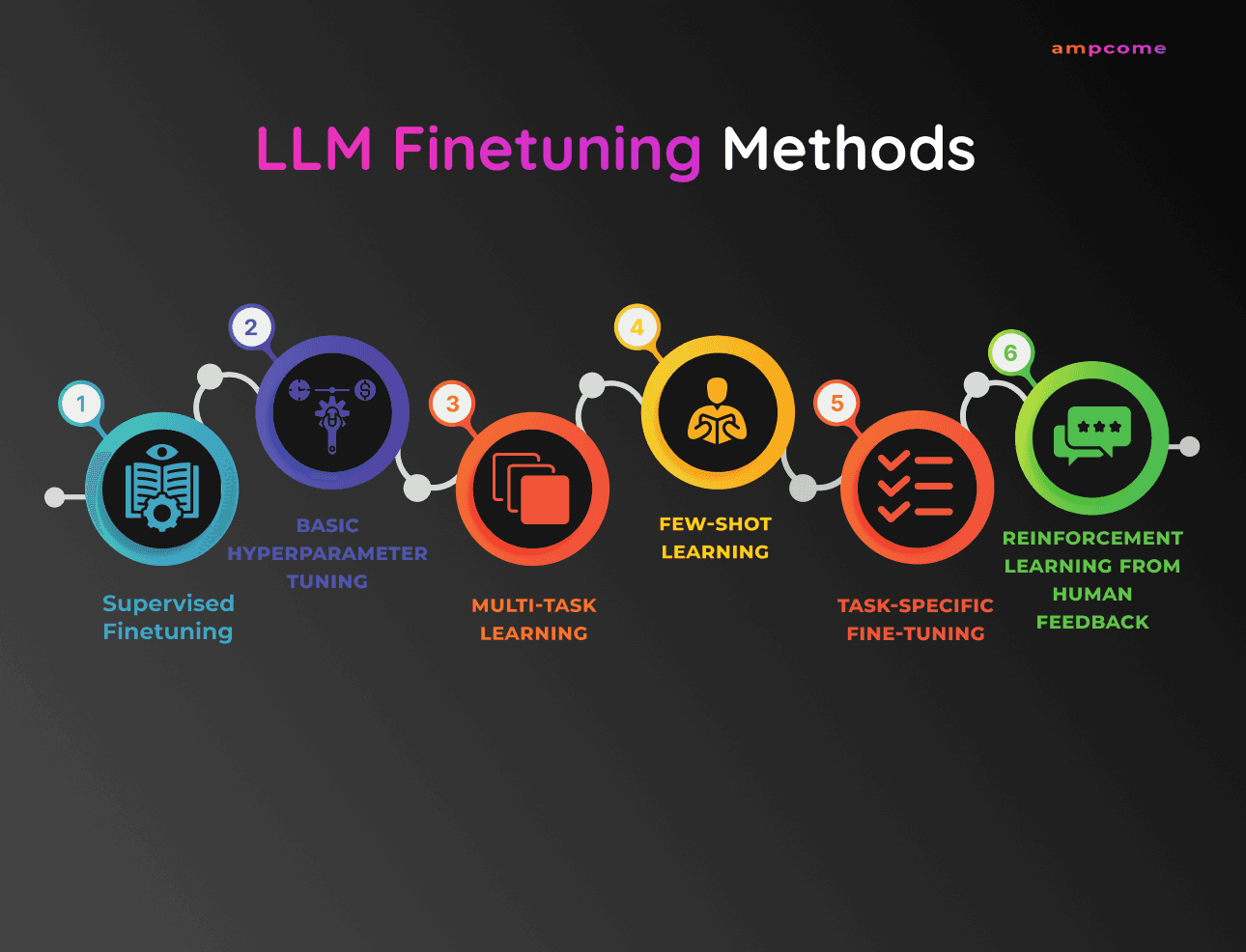
Claude Artifacts, introduced by Anthropic, offer a new way to engage with AI-generated content. Unlike traditional chatbot responses, these artifacts enable users to create, edit, and share interactive documents, visualizations, and code directly within Claude. The feature, which first appeared with Claude Sonnet 3.5, represents a shift from conversational AI to a tool for collaborative work, making it easier to produce content that can be reused and refined.
Claude Artifacts are special windows in the Claude interface that display detailed content generated in response to a user’s request. These content pieces are standalone, editable, and often more extensive than typical responses, offering over 15 lines of material. Users can iterate on this content, making it a valuable tool for creating more complex and structured outputs that don’t require additional conversation context.
To access Claude Artifacts, users must manually activate the feature. This can be done by clicking on the user’s initials in the lower left corner of the Claude interface, selecting the Feature Preview menu, and toggling the Artifacts option. While basic access is free, users with Claude Pro and Team plans enjoy enhanced features, such as higher rate limits and advanced capabilities.
Claude Artifacts can generate a variety of content types, including interactive documents like Markdown files and structured reports, data visualizations such as charts and infographics, SVG graphics, and even websites with HTML and interactive components. These capabilities extend to more technical tasks, such as generating pseudocode, algorithms, and even complex code structures for software development. The feature also supports visual diagrams like flowcharts and sequence diagrams, making it a versatile tool for various industries and project types.
However, there are limitations to what Claude Artifacts can do. They cannot generate audio or video content, execute code, or run simulations. Additionally, Artifacts cannot access real-time data or external APIs, and they do not support direct file uploads for editing. Despite these limitations, the feature offers significant value for creating interactive and editable content.
One of the standout features of Claude Artifacts is its ability to share and remix content. Users can easily publish their Artifacts, generating a unique link to share with others. This collaborative process allows others to access and modify the content, fostering teamwork and creativity. Users can also remix Artifacts by accessing a shared link, making modifications, and saving or publishing the updated version.
Currently, Anthropic has not provided API access for Claude Artifacts, but the potential for future updates may allow for more integration possibilities. As the feature evolves, we can expect further advancements that may address current limitations and expand the ways users can work with AI-generated content.
In conclusion, Claude Artifacts offer a powerful tool for creating, editing, and sharing AI-driven content in a more interactive and collaborative way. While some limitations remain, the feature's potential for transforming workflows and enabling more complex AI-assisted tasks is clear. As it continues to evolve, Claude Artifacts could play a key role in enhancing how we interact with AI in everyday work processes.

02/11/2024

02/11/2024